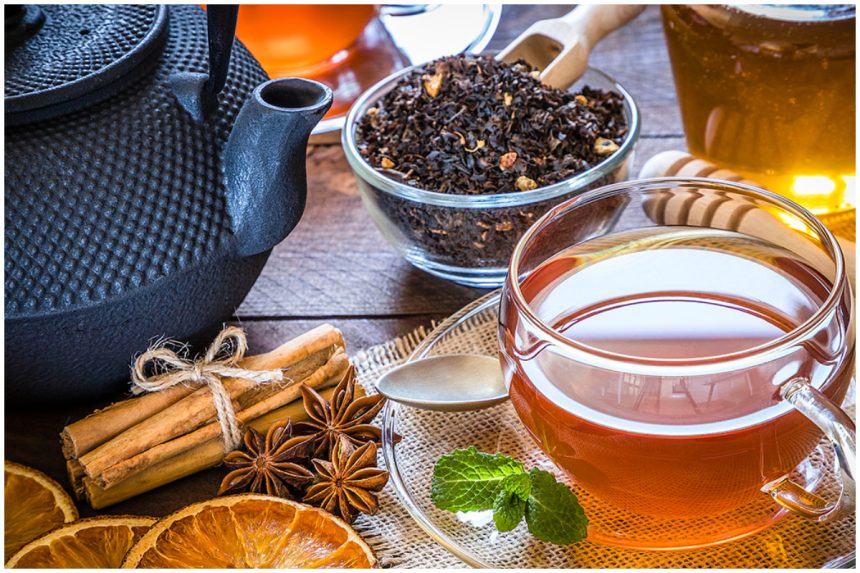Tea has been a globally adored beverage for centuries, cherished for its unique taste and aroma. However, the history of tea is not just about the liquid itself but also about the culture and traditions that have grown around it. In this blog post, we will explore the fascinating history of tea, from its origins in ancient China to its global popularity today.
The Origin of Tea

According to legend, tea has its roots in China during the reign of the Chinese emperor Shen Nong in 2737 BCE. One day, while boiling water under a tea tree, some leaves accidentally fell into the pot, infusing the water with a pleasant aroma and flavor. The emperor tasted the resulting brew and was impressed by its refreshing taste and medicinal properties. From then on, tea became an essential part of Chinese culture, used for its health benefits and as a beverage for social gatherings.
The Spread of Tea

As tea gained popularity in China, it began to spread to neighboring countries such as Japan, Korea, and Tibet. In Japan, tea became a central part of the Zen Buddhist tradition, with elaborate tea ceremonies being held to promote inner calm and mindfulness. In Korea, tea was used to show respect and hospitality to guests, while in Tibet, it was consumed to combat the high altitude and harsh weather conditions.
Tea also began to be traded along the Silk Road, a network of trade routes that connected China with the Middle East and Europe. By the 9th century CE, tea had reached the Arab world, where it was known as “chay,” and quickly became popular. The Arab merchants brought tea to Europe through their trading routes. By the 16th century, tea had become popular in countries like England and Portugal.
The British Love Affair with Tea

It was the British who popularized tea on a global scale. In the 17th century, the British East India Company began importing tea from China and selling it in England. Tea quickly became a favorite drink of the British aristocracy, and by the 18th century, it had become a national obsession. The British even developed their unique tea culture, with afternoon tea becoming a beloved tradition.
READ MORE: Nowruz: Persian New Year celebrated across globe
However, the British soon faced a problem: they were importing more tea than they could afford to pay for. The British began cultivating tea in India and Ceylon (now Sri Lanka) to address this, creating a new tea source they could control. This led to the establishment of vast tea plantations in India and Ceylon, which became significant tea suppliers to the rest of the world.
The Popularity of Tea Today

Today, tea is consumed in virtually every country worldwide, with a wide variety of different types and flavors available. Black tea, green tea, white tea, and herbal tea are all popular choices, and new varieties are constantly being developed. In addition to its unique taste and aroma, tea is also valued for its health benefits, which include reducing the risk of heart disease, improving digestion, and boosting mental alertness.
Conclusion
The history of tea is a captivating story of cultural exchange, trade, and innovation. From its origins in ancient China to its global popularity today, tea has played an essential role in people’s lives worldwide. Whether you prefer a classic cup of black tea or an exotic herbal blend, tea is a cherished beverage that brings people together and enhances our lives in numerous ways.





